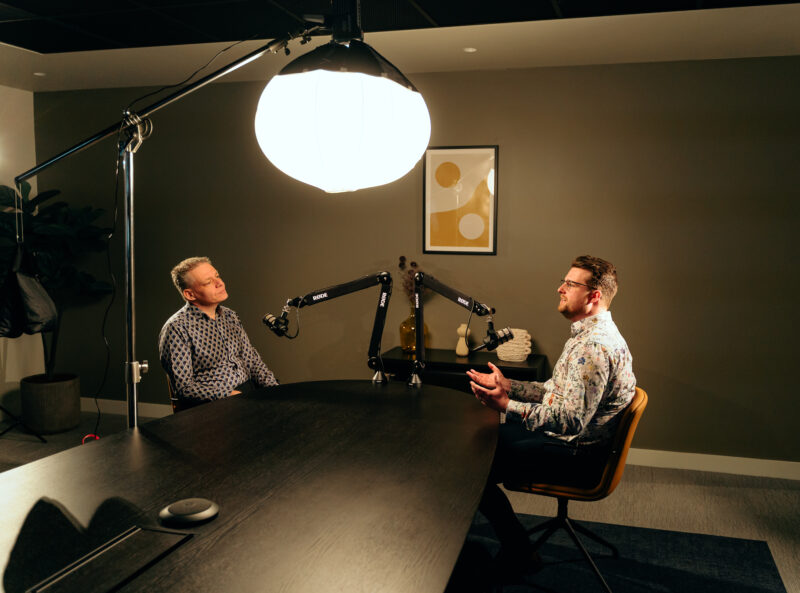What’s the Evolving Role of Medicinal Chemistry in ADC Development?
Antibody-drug conjugates (ADCs) are steadily gaining traction as a powerful approach in targeted cancer therapy. While traditionally seen as a way to deliver cytotoxic payloads, ADCs are evolving into versatile delivery systems for small molecules that previously may have been limited by poor pharmacokinetics (PK), poor tissue delivery, or intolerable on-target mechanistic toxicity. By leveraging ADCs as a delivery mechanism, we are now beginning to repurpose and rescue anti-cancer agents that may once have been deemed clinically unviable.
A crucial yet often overlooked aspect of ADC payload development is the role of medicinal chemistry. Understanding the nature of the payload—its pharmacokinetics and behaviour after being released from the ADC—is essential for optimizing therapeutic outcomes. The challenge lies in deciding the desired characteristics of the payload, such as metabolic breakdown, potency, permeability, and efflux. By intentionally incorporating metabolic instability, we can optimise payloads that break down upon entering the systemic circulation, reducing toxicity while maintaining biological efficacy. This approach mirrors techniques used in areas such as respiratory medicine, where molecules are designed to act locally (for example, in the lungs) but degrade once absorbed systemically.
Overcoming Challenges: Therapeutic Window and Payload Optimization
A constant challenge in the ADC field is managing cytotoxicity away from the intended site of action and improving selectivity. Similarly, small molecule therapeutics often struggle to deliver an adequate therapeutic window. Bridging, and optimising, these two domains offers a unique opportunity: by combining the targeted delivery of ADCs with the targeted therapeutic potential of small molecules, scientists can enhance the therapeutic window beyond that achievable with either approach alone.
Incorporating linker design as an additional factor further expands this potential. The linker acts as a crucial element, dictating how the payload interacts with both the antibody and the target cell. Factors like linker length, composition, and point of attachment must be carefully considered, as they can dramatically influence whether the payload remains therapeutically effective. Achieving this balance is not straightforward—there is a subtle, often empirical interplay between the components that requires meticulous experimentation and optimization by experienced practitioners.
Collaboration and Innovation: Breaking Down Disciplinary Barriers
A significant barrier to progress in ADC development has been the divide between small molecule and large molecule experts. Medicinal chemists may be hesitant to engage in large molecule projects, while biologics specialists might feel out of their depth optimising small molecule payloads. However, uniting these perspectives can spark new ideas and drive innovation. Integrating medicinal chemistry principles into ADC design is now seen as crucial for addressing challenges related to both selectivity and specificity.
This collaborative mindset is essential as the field moves toward more sophisticated ADC architectures. Rather than approaching the problem as separate pieces of a puzzle, researchers must consider the holistic integration of small and large molecule technologies. Bringing together diverse expertise will not only enhance ADC optimization but also unlock new therapeutic possibilities.
The next few years will be pivotal for the ADC field as researchers continue to experiment with payload redevelopment and linker strategies. By fostering collaboration and embracing cross-disciplinary thinking, the potential to overcome current ADC limitations and maximise the impact of targeted therapies is within reach.
Catch up on the previous part in our ADC development blog series:
Part 1: Exploring new paths in ADC development
About the Authors
 Allan Jordan is Vice President Oncology Drug Discovery at Sygnature Discovery and Josh Greally is ADC Lead at Sygnature Discovery. Follow their ADC development series on YouTube to hear all their insights.
Allan Jordan is Vice President Oncology Drug Discovery at Sygnature Discovery and Josh Greally is ADC Lead at Sygnature Discovery. Follow their ADC development series on YouTube to hear all their insights.
